Landing pages have one purpose: to drive conversions and leads. They provide a dedicated place for audiences to complete a specific call-to-action (CTA) in digital campaigns. They keep customers’ eyes on the ultimate goal, be it signing up for an email newsletter, completing a purchase, or starting a free trial.
Still, you can’t drive those conversions without traffic. You first need to send people to your landing page so they can see your value proposition and then, hopefully, respond to your CTA.
This article explores free strategies for driving traffic to landing pages, so you generate conversions and sales without burning your budget.
- Create Compelling Referral Content
- Launch Email Newsletters
- Guest blog on relevant sites
- Reach Audiences on Premium Publisher Sites
- Use search advertising
- Partner with influencers
- Ramp up your social media strategy
- Engage in comment sections and forums
- Link internally across your website
- Use social media advertising
You’ve put the work into building a strong landing page with intuitive navigation and a clear CTA. Now it’s time to drive traffic to it.
Here are three tips for driving free traffic to your landing pages:
1. Create Compelling Referral Content
Well-written copy effectively conveys your brand message and motivates your audience to complete a specific goal in your digital campaign. So, it’s important to optimize content in the referrals or ads that drive people to your landing pages, as well as the content on the landing pages themselves.
This content must provide enough information to pique your readers’ interest and tease your value proposition, but not so much information that it overwhelms or frustrates them. Landing page content should also match the referral content that gets audiences to click on to the landing page in the first place.
Moodle Workplace, for example, created this tweet to drive users to a landing page where they can download an ebook.
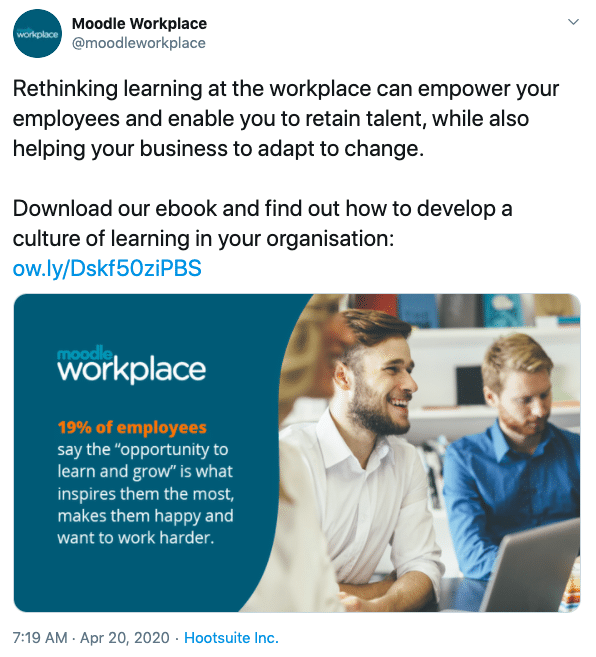
The copy, design, and messaging are cohesive across the ad and landing page, guiding readers on their journey from consideration to decision.
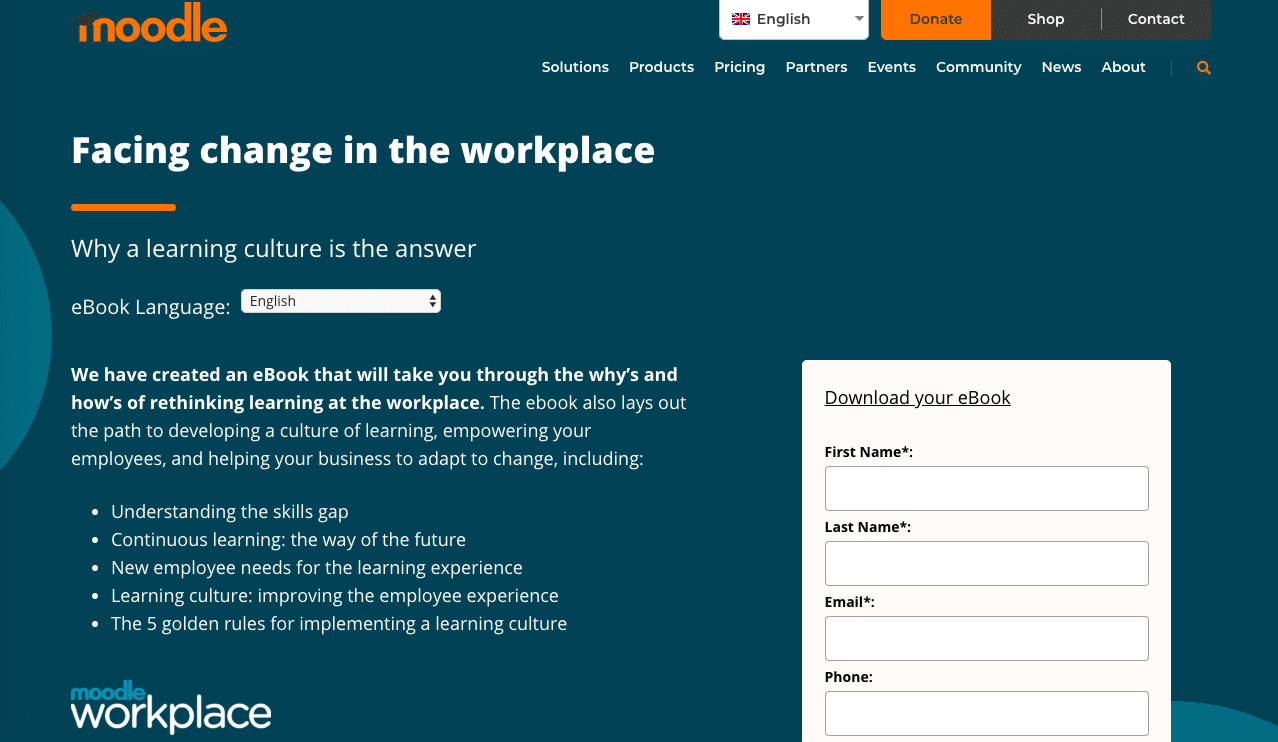
There are many strategies for writing landing page content that converts after visitors make it to your site. Landing page content should emphasize the benefits of your product or service, instead of just features. It should appeal emotionally to consumers’ needs and pain points.
Take this landing page for smart-shopping assistant, Honey. Instead of writing: It’s a Chrome extension that automatically searches for coupon codes and discounts on e-commerce sites, the brand uses a simple, catchy headline: If there’s a better price, we’ll find it. The page speaks to the customers’ pain point right away. ‘Stop wasting money’ is its underlying message. And, if customers choose to click on the CTA button, they know what they’re getting into. Instead of a generic Download, or Try now, the button reads, Add to Chrome — It’s Free.
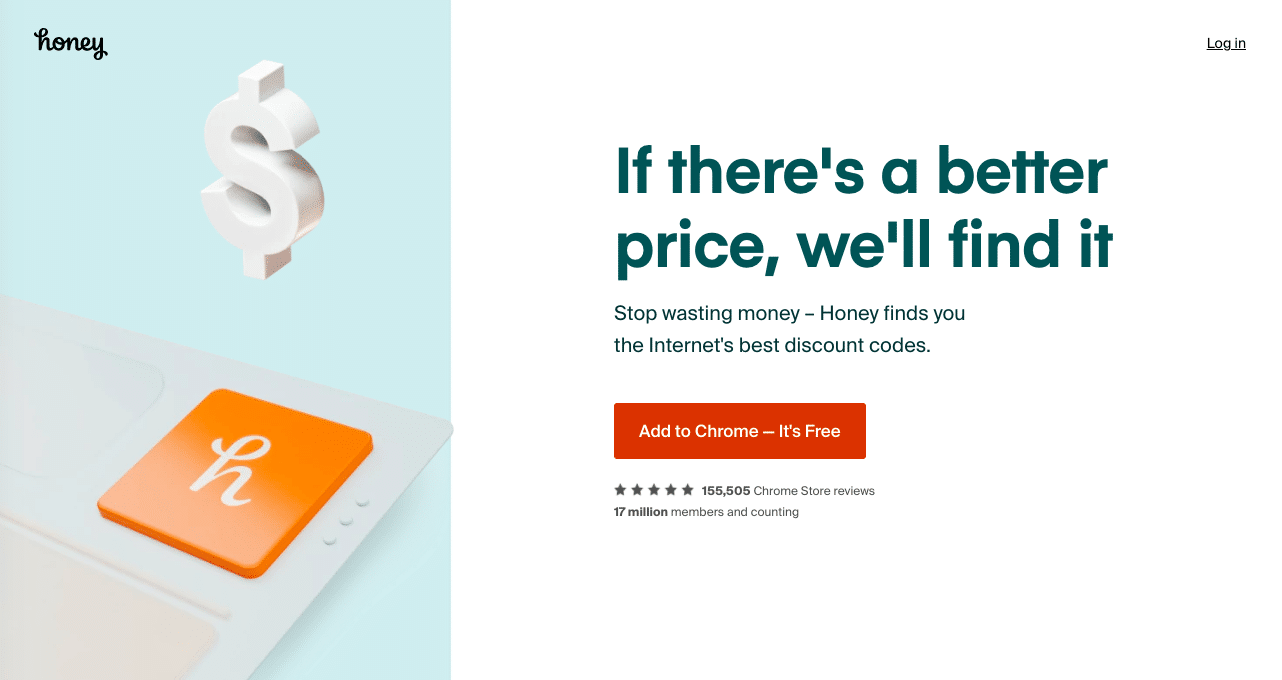
2. Launch Email Newsletters
People spend an average of five hours a day checking their email, according to a 2019 study by Adobe. Think about it, email is where you receive correspondence from bosses, colleagues, family and friends. It’s no surprise that email is an effective tool for brands to reach consumers and drive traffic back to their landing pages.
Just use a short and sweet subject line that stands out in a crowded inbox and doesn’t get cut off by the user’s email platform. Marketing emails need a single focus — just like your landing page — providing readers with a simple message and a specific CTA.
Hulu, for instance, sent this straightforward, eye-catching email with the subject line, Last Chance: Try a Free Month of SHOWTIME.
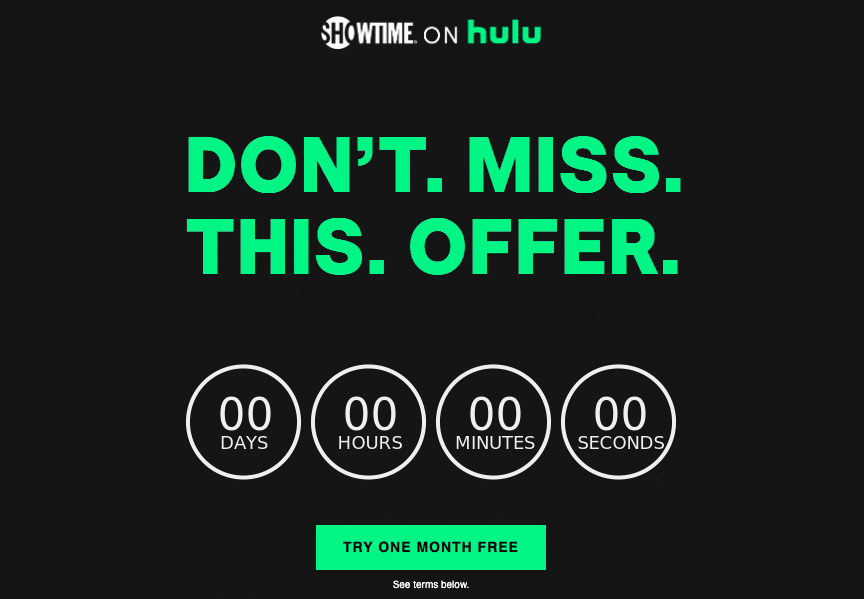
Those who click TRY ONE MONTH FREE get taken to a landing page with more in-depth information about the offer and another clear CTA to start their free trial and convert.
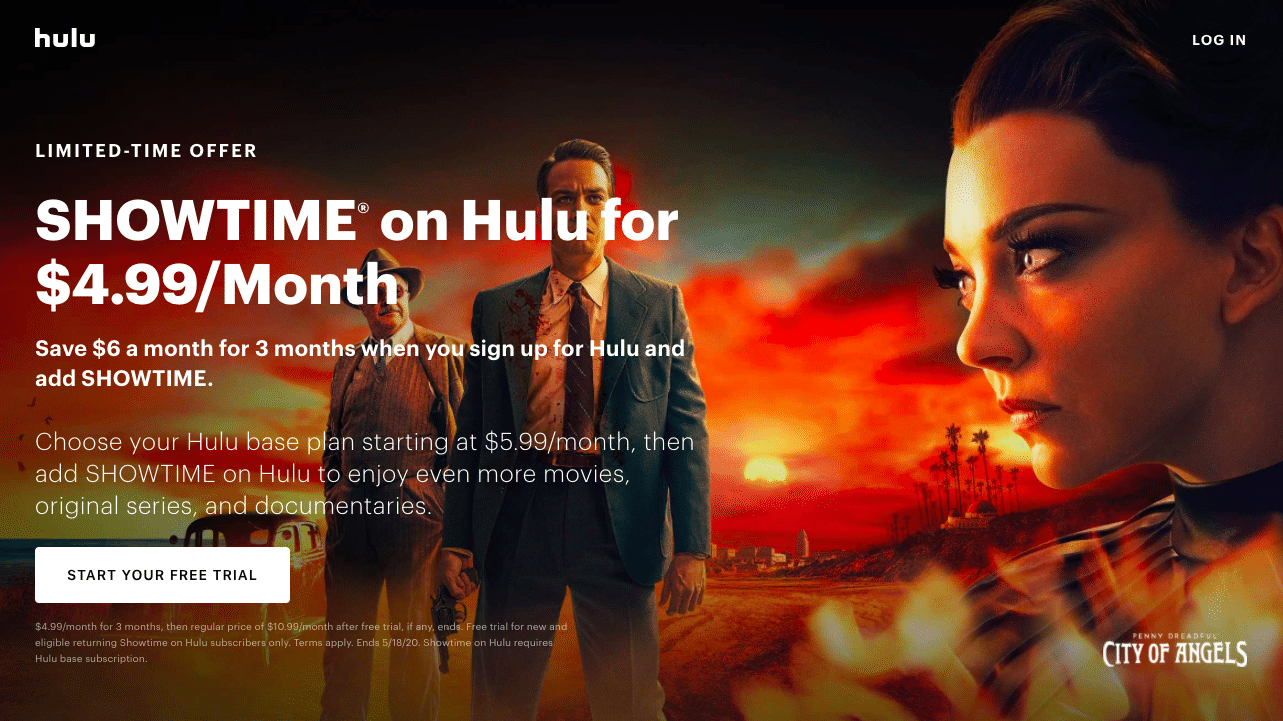
3. Guest blog on relevant sites
Advertisers can tap into new audiences by guest blogging on industry-relevant websites. Start by searching for blogs with crossover appeal in your field and study their content. Read the comments too, to learn about audience behaviors and interests.
Create a list of suitable sites to reach out to and begin pitching ideas for guest blogs. You may offer to let them post a guest blog on your site as well. Within your guest blogs, include links or CTAs to your landing page to attract new, high-quality readers who’ve already engaged with your messaging.
Here are three tips for driving paid traffic to your landing pages:
4. Reach Audiences on Premium Publisher Sites
Advertisers can reach audiences across top publisher sites with Taboola. We partner exclusively with premium digital properties to help marketers drive high-quality, engaged audiences to their landing pages.
Nespresso Thailand, for example, needed to drive traffic to its advertorial sites to promote new products. The brand worked with Taboola to launch sponsored ads across our network of premium publishers. As a result, Taboola drove 85% of all traffic to those advertorial sites. Nespresso Thailand also saw a ten-fold lower average cost-per-page view from Taboola than from any other channel.
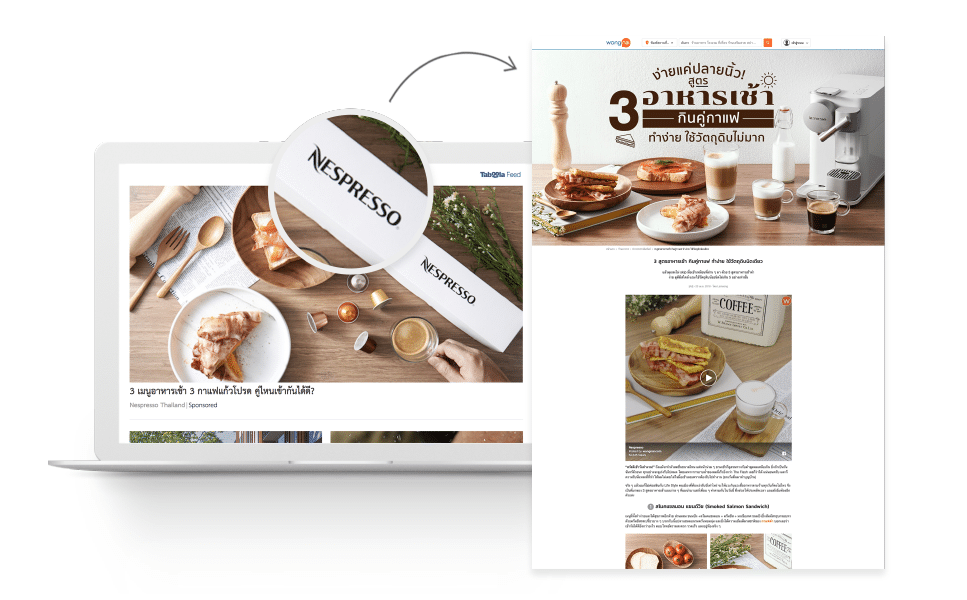
The ads show in-feed as recommended content, fitting seamlessly into the reader or viewer experience. They reach people when they’re done with an article, right at the moment they’re ready to engage with something new. Advertisers can also manage their campaigns by creating audience segments and retargeting key consumers.
When Hear.com, for instance, needed to reach niche audiences at scale across ten countries, it partnered with Taboola. The hearing-aid brand created custom landing pages for each target geographical region. It matched these with custom ads spread across Taboola’s network. Over two years, Hear.com saw a ten-fold increase in traffic and launched into three new markets, including the U.S.
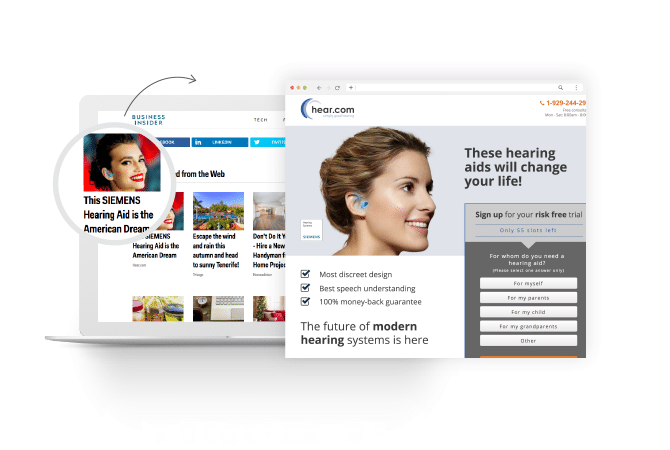
5. Use search advertising
Paid search or pay-per-click (PPC) advertising involves creating ads that show up on search results pages. Google’s PPC platform Google Adwords, for example, lets publishers bid on search keywords for a chance at a top placement.
Take this search for “how to file taxes.” The first three results are ads.

To earn those spots, brands might’ve bid on popular keywords, such as: “how to file taxes,” “free tax filing,” or “online tax filing.” Since they’re front and center on the results page, these ads help drive traffic back to a brand’s website for a certain price per click.
6. Partner with influencers
Influencers are social-media gurus who’ve built engaged followings, often in niche communities. By partnering with influencers, advertisers expand their reach, build user-generated content, and drive traffic back to their landing pages. Brands also gain credibility since people trust recommendations from others more than they do from businesses.
Cooking appliance brand, Brava, for example, partnered with technology YouTuber iJustine to promote its smart countertop oven. The company even gave the influencer a bespoke link to share with her viewers, which gave them $100 off their purchases.
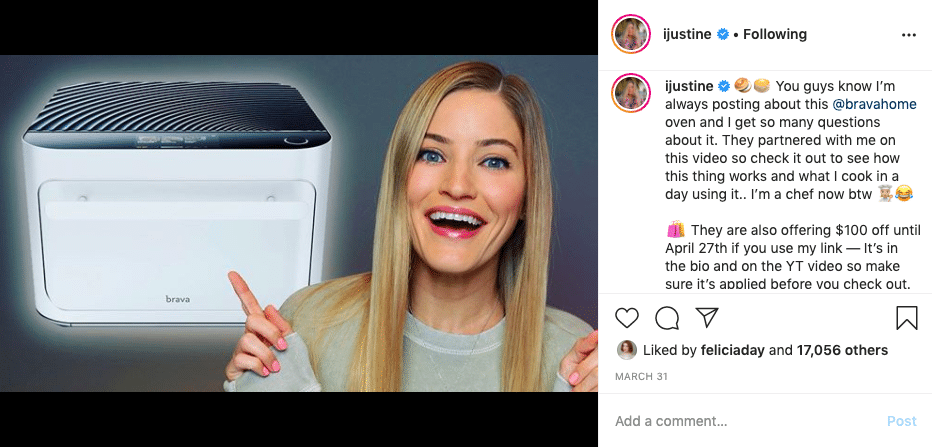
Just be sure to follow FTC guidelines for influencer marketing to properly disclose partnerships and avoid penalization.
7. Ramp up your social media strategy
Social media has become a massive source of traffic and engagement for brands around the world. Various platforms like Instagram, Facebook, TikTok, and Twitter allow brands to multiply their following and build stronger relationships with their existing followers.
For many brands, this translates into revenue. For example, one study showed that users who follow a brand will engage highly with it: 91 percent visit the brand’s website or mobile app, 89 percent make a purchase from the brand, and 85 percent make a brand recommendation to their friends or family.
To drive traffic to your landing page and build meaningful connections with users, focus on posting high-quality content that appeals to your target audience’s likes, interests, and pain points. Choose a posting schedule and post consistently so that you can build momentum. Be sure to reply to every comment and message from users.
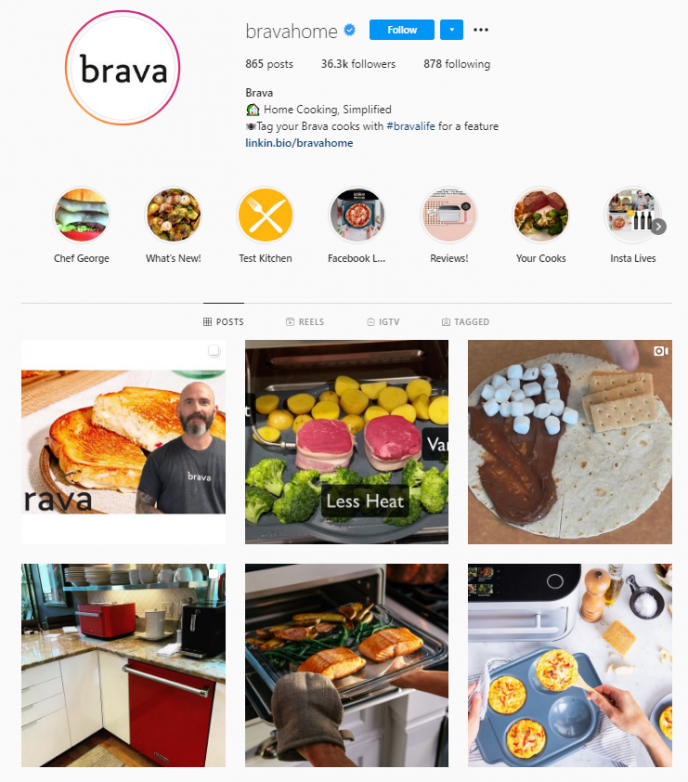
8. Engage in comment sections and forums
One of the best ways to build relationships, and ultimately traffic, is to get your hands dirty. Engage with users in the comment section of various places across the web, like social media posts, blog comment sections, and forums like Quora.
The key here is to post authentic content that truly adds value. Don’t just spam them with links to your landing page and no contribution to the conversation.
In this example, telecommunications company Verizon engages with Huff Post, showing agreement and celebration toward the post’s content. This doubles as a technique for establishing and reinforcing brand identity, showing Huff Post readers that the company holds similar values.
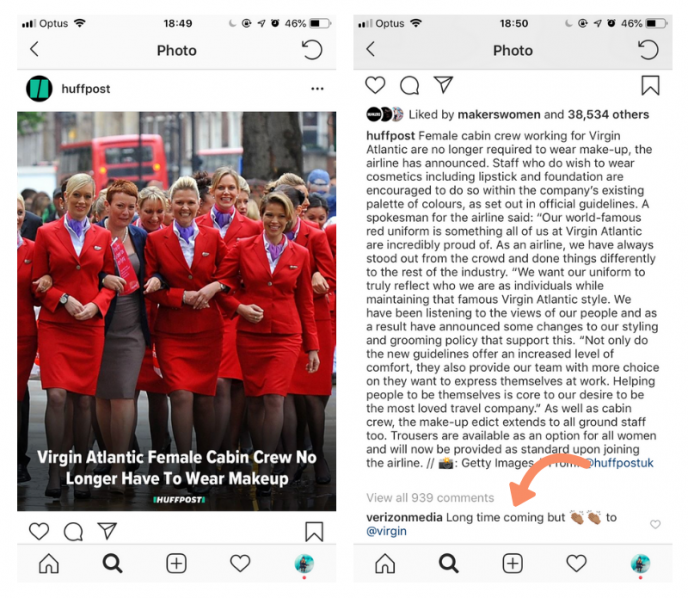
Authentically engaging with users, whether they’re companies or individuals, helps to establish credibility and trust. This in turn can entice users to want to learn more about your brand.
9. Link internally across your website
Internal linking is the practice of hyperlinking to other pages on your website’s domain.
For example, say that you’re trying to drive traffic to a sale landing page for a specific product on your website. You might place the landing page’s link on the webpages where you discuss other products in the same collection.
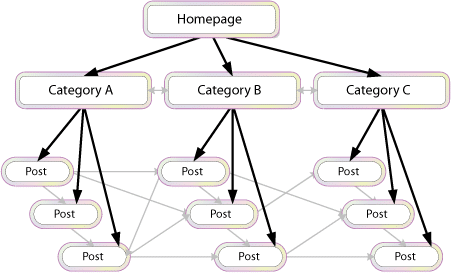
Internal linking is an excellent way to keep your visitors on your website longer, as well as introduce them to content they may not have otherwise seen on their own.
As a bonus, this practice can also improve the overall SEO value of your website, which can also help you rake in more landing page traffic in the long run.
10. Use social media advertising
In addition to advertising on search engines, consider advertising on social media platforms like Facebook, Instagram, and Twitter. These platforms also use a pay-per-click (PPC) model.
Many of these platforms have incredible targeting capabilities that can help you connect with interested and engaged users as quickly as possible. Facebook and Instagram are renowned for their Audience Insights tool, which helps you dig deep into customer personas to better understand who’s most likely to engage and connect with your brand.
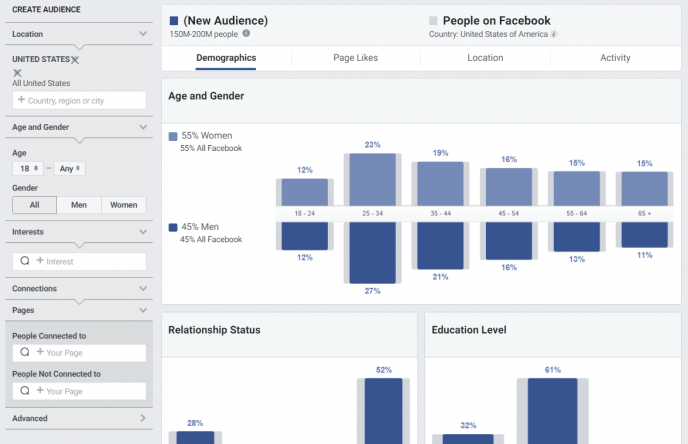
Many advertisers find that these sophisticated targeting tools decrease their cost per click and increase the value of their advertising dollars.
Measure and Test Your Results
All the best design and copywriting tactics will only take you so far in the real world. After all, your visitors aren’t necessarily going to line up perfectly with everything you’ve read in this or any other blog post. That’s why it’s so vital to test your landing pages constantly.
The idea behind an A/B test is simple: you change one thing about the most successful version of your landing page — the headline, the wording of the CTA, even the color of the text — and record the results. Then, you compare the two and keep the one that performs better. Then, rinse and repeat for as long as you’re pursuing the goal represented by that landing page.
While you can do A/B testing manually, it’s not fun or easy. And, if you’re dealing with more than a couple of pages at a time, it can become very time-consuming. We recommend using a tool designed to handle the busy work for you. Examples include Unbounce, Landingi, and some WordPress plugins. And, if you’re using native advertising to generate traffic, Taboola can help with A/B testing as well.
Direct Traffic to Your Landing Page
Creating a compelling landing page is the first step to driving leads and conversions. Advertisers must also know how to direct traffic to a landing page, so people are there to complete those conversions and consume that brand messaging.
Use these proven tips for getting free and paid traffic to a landing page. Write cohesive referral copy, launch email newsletters, and distribute content across premium publisher sites. With these strategies, you will be well-prepared to engage prospective leads and build audience relationships.